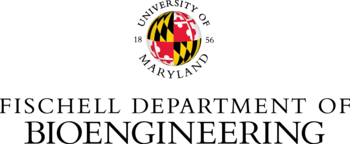Society for Cryobiology 2020 Election Results
Executive Director, Nicole Evans, and myself are pleased to announce the results of the Society for Cryobiology 2020 Election for 3 Governors-at-Large 2021-2023.
The new Governors are:
John M. Baust, CPSI Biotech, USA
Shannon N. Tessier, Massachusetts General Hospital and Harvard Medical School, USA
Christina Walters, USDA-ARS National Laboratory for Genetic Resources Preservation, USA
To learn more about the new governors you can download their biographies and vision statements on the Society for Cryobiology website.
Together these newly elected Governors are truly representative of the many cryo sectors, representing industry, academia, and government.
I would like to extend a sincere thank you to all the candidates who stood for election, and to all members who took the time to vote. Voter turnout this year was 49%. This is on par with last year, which came in at a 48% turnout.
If you have any questions or comments please do not hesitate to contact myself or Nicole.
With Best Wishes,
Adam Higgins
President
Society for Cryobiology

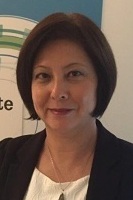
 Patients in the UK will now have more time to decide their family planning after government changes the egg, sperm, and embryo storage regulations. Presently fertility storage is limited based on medical needs and limited to a 10 year period. After the successful campaign by the Progress Educational Trust, the new regulations will open fertility storage to more people who choose fertility storage for medical or social reasons and provide a 10-year renewable storage cycle for a maximum of 55 years. Fertility advances mean human eggs can be stored indefinitely without deterioration using vitrification, making the current 10-year limit obsolete. Additional conditions surrounding third-party donors and posthumous use will be investigated and regulated separately.
Patients in the UK will now have more time to decide their family planning after government changes the egg, sperm, and embryo storage regulations. Presently fertility storage is limited based on medical needs and limited to a 10 year period. After the successful campaign by the Progress Educational Trust, the new regulations will open fertility storage to more people who choose fertility storage for medical or social reasons and provide a 10-year renewable storage cycle for a maximum of 55 years. Fertility advances mean human eggs can be stored indefinitely without deterioration using vitrification, making the current 10-year limit obsolete. Additional conditions surrounding third-party donors and posthumous use will be investigated and regulated separately.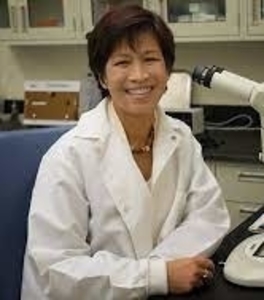
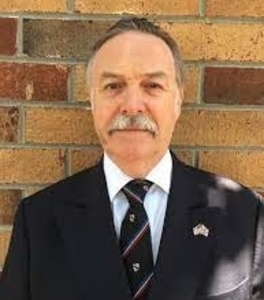
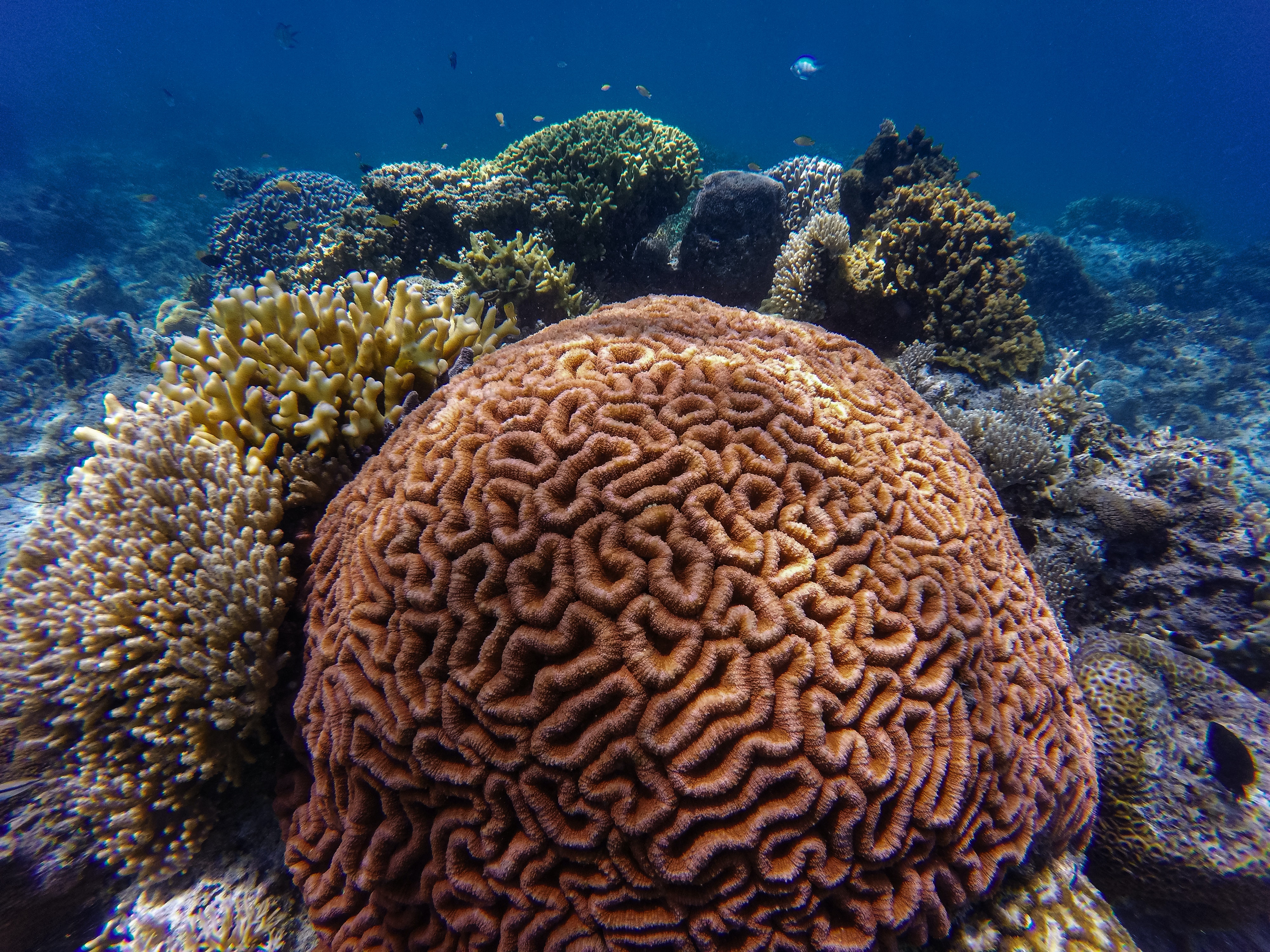 In a recent interview with the Hawaiian Public Radio, Mary Hagedorn, a
In a recent interview with the Hawaiian Public Radio, Mary Hagedorn, a 
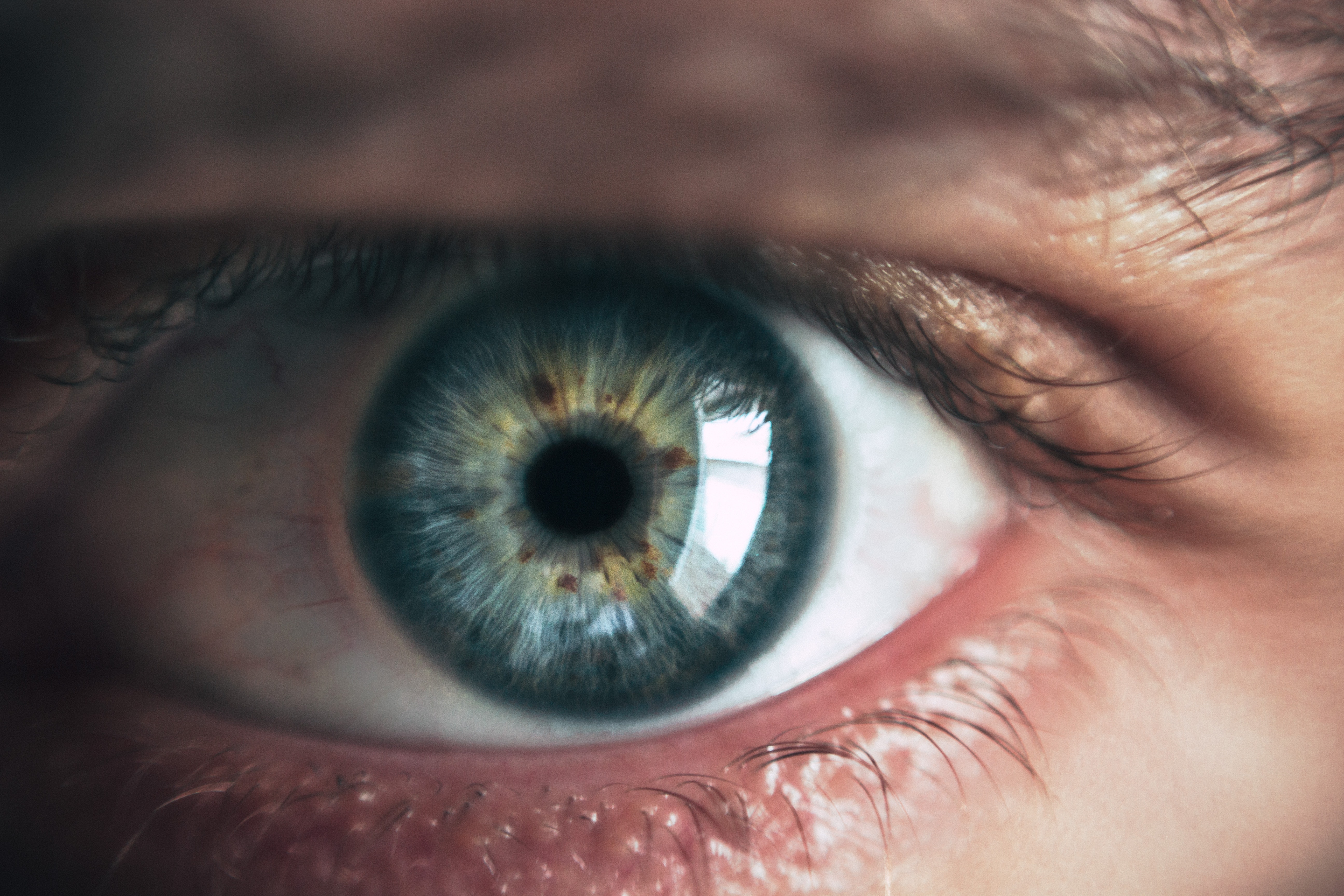 Scientists at UC Santa Barbara, University of Southern California (USC), and the biotechnology company Regenerative Patch Technologies LLC (RPT) have discovered a new method for preserving RPT's stem cell-based therapy for age-related macular degeneration (AMD), the leading cause of blindness in aging populations. This new research uses a flexible scaffold, about 18 mm2, to optimize the cryopreservation of a single layer of ocular cells generated from human embryonic stem cells. Currently in clinical trials, this implant can be frozen, stored for long periods, distributed to clinical sites, then thawed and immediately implanted into the patient's eyes. The extended shelf-life and on-demand distribution will increase the number of patients who can benefit from this treatment.
Scientists at UC Santa Barbara, University of Southern California (USC), and the biotechnology company Regenerative Patch Technologies LLC (RPT) have discovered a new method for preserving RPT's stem cell-based therapy for age-related macular degeneration (AMD), the leading cause of blindness in aging populations. This new research uses a flexible scaffold, about 18 mm2, to optimize the cryopreservation of a single layer of ocular cells generated from human embryonic stem cells. Currently in clinical trials, this implant can be frozen, stored for long periods, distributed to clinical sites, then thawed and immediately implanted into the patient's eyes. The extended shelf-life and on-demand distribution will increase the number of patients who can benefit from this treatment.  Back from the dead... Bdelloid Rotifers are multicellular microscopic animals with a wheel-like ring of tiny hairs that circle their mouths and that live in freshwater environments. They've been around for about 50 million years. Now, scientists from the Institute of Physicochemical and Biological Problems in Soil Science in Pushchino, Russia have resuscitated rotifers that froze in ancient Siberian permafrost during the latter part of the Pleistocene epoch (2.6 million to about 11,700 years ago). These researchers drilled to 11.5 feet (3.5 meters) below the Siberia Alazeya River surface to collect their samples. The soil was radiocarbon dated at ~24,000 years old. Once thawed in the lab, these "zombie" rotifers reanimated and began reproducing asexually through parthenogenesis and created clones that were their genetic duplicates.
Back from the dead... Bdelloid Rotifers are multicellular microscopic animals with a wheel-like ring of tiny hairs that circle their mouths and that live in freshwater environments. They've been around for about 50 million years. Now, scientists from the Institute of Physicochemical and Biological Problems in Soil Science in Pushchino, Russia have resuscitated rotifers that froze in ancient Siberian permafrost during the latter part of the Pleistocene epoch (2.6 million to about 11,700 years ago). These researchers drilled to 11.5 feet (3.5 meters) below the Siberia Alazeya River surface to collect their samples. The soil was radiocarbon dated at ~24,000 years old. Once thawed in the lab, these "zombie" rotifers reanimated and began reproducing asexually through parthenogenesis and created clones that were their genetic duplicates. 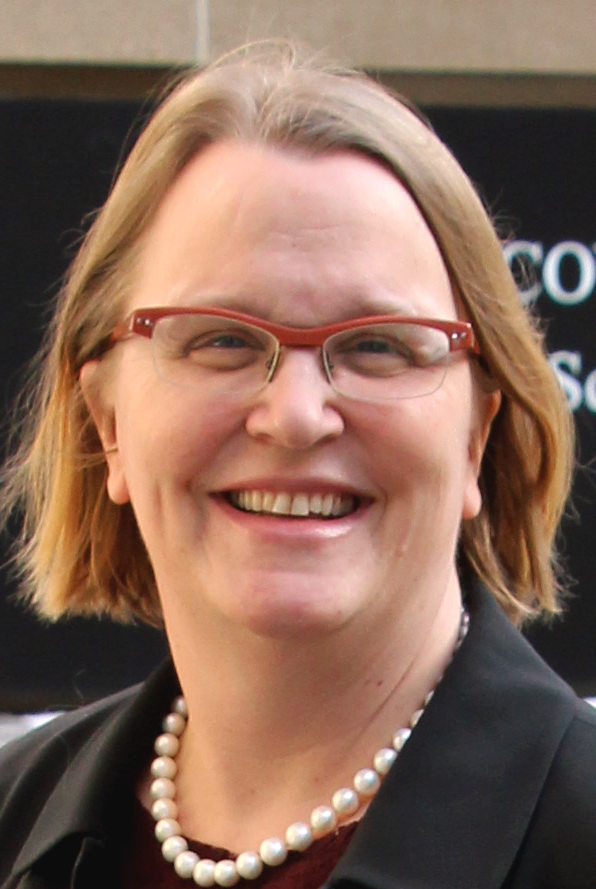
 The Drosophila melanogaster fruit fly, a critical genetic research model, has eluded scientist's attempt to cryopreserve the embryos until now. A research team from the University of Minnesota and
The Drosophila melanogaster fruit fly, a critical genetic research model, has eluded scientist's attempt to cryopreserve the embryos until now. A research team from the University of Minnesota and 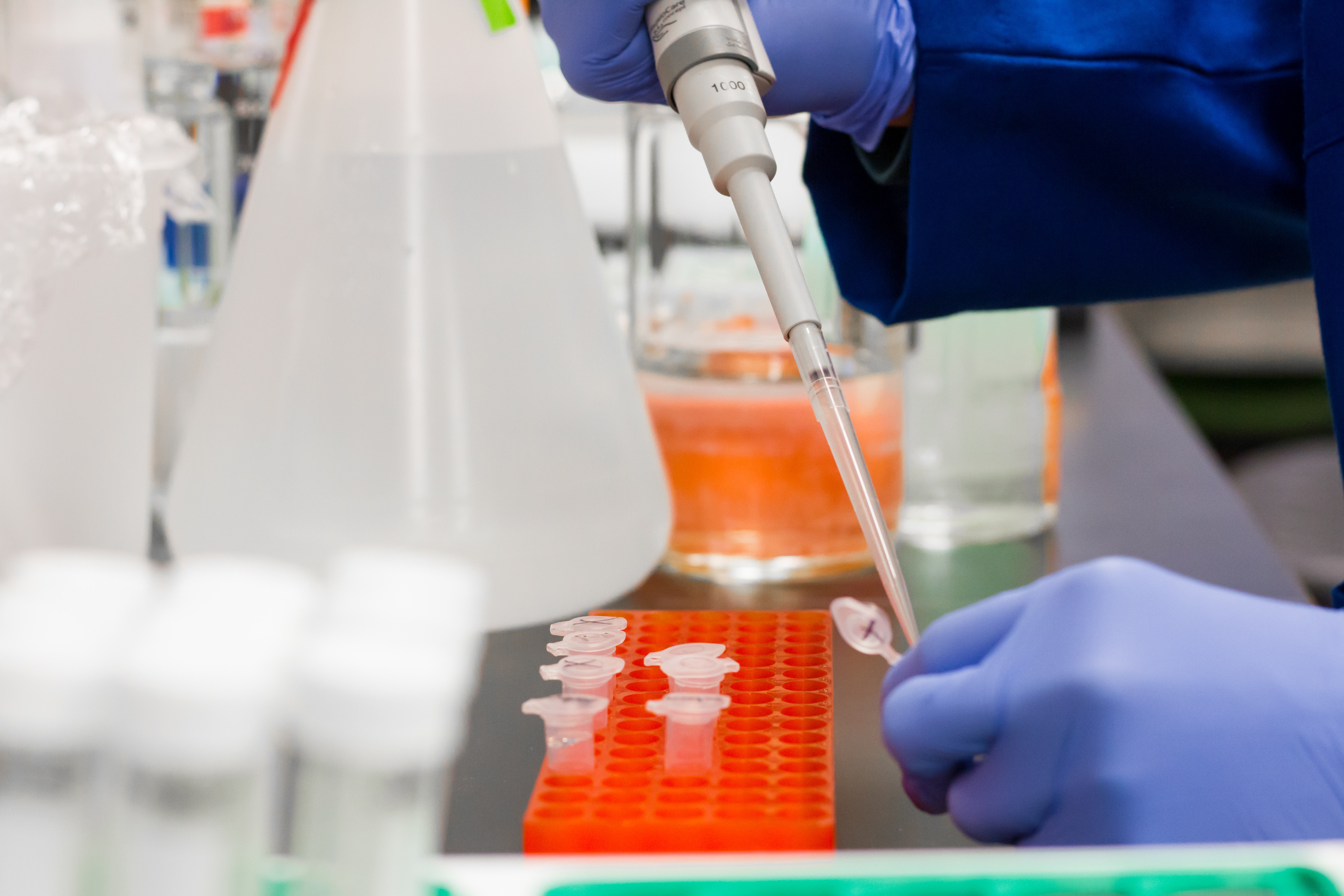 Improved cryopreservation of embryos in the field of IVF would increase fertility odds for Would-Be parents and the health of their future babies. A research collaboration between the National Institute of Genetic Engineering and Biotechnology in Iran and McGill University and the University of British Columbia in Canada introduce an independent, automated microfluidic system to replace the water with cryoprotectants (CPAs) during the embryo vitrification process. Traditional CPA pipetting techniques can result in abrupt osmotic shock causing molecular damage to the embryos. In this new method, the embryos are placed on a chip that automatically controls the CPA's concentration and flow rate, significantly reducing potential human error. Read the
Improved cryopreservation of embryos in the field of IVF would increase fertility odds for Would-Be parents and the health of their future babies. A research collaboration between the National Institute of Genetic Engineering and Biotechnology in Iran and McGill University and the University of British Columbia in Canada introduce an independent, automated microfluidic system to replace the water with cryoprotectants (CPAs) during the embryo vitrification process. Traditional CPA pipetting techniques can result in abrupt osmotic shock causing molecular damage to the embryos. In this new method, the embryos are placed on a chip that automatically controls the CPA's concentration and flow rate, significantly reducing potential human error. Read the 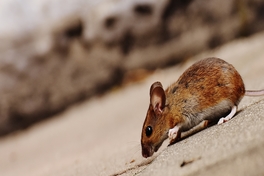 A research team from
A research team from 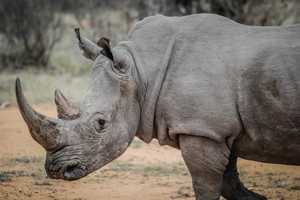 The international team of scientists and researchers from the
The international team of scientists and researchers from the 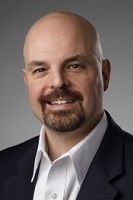 Erik Woods
Erik Woods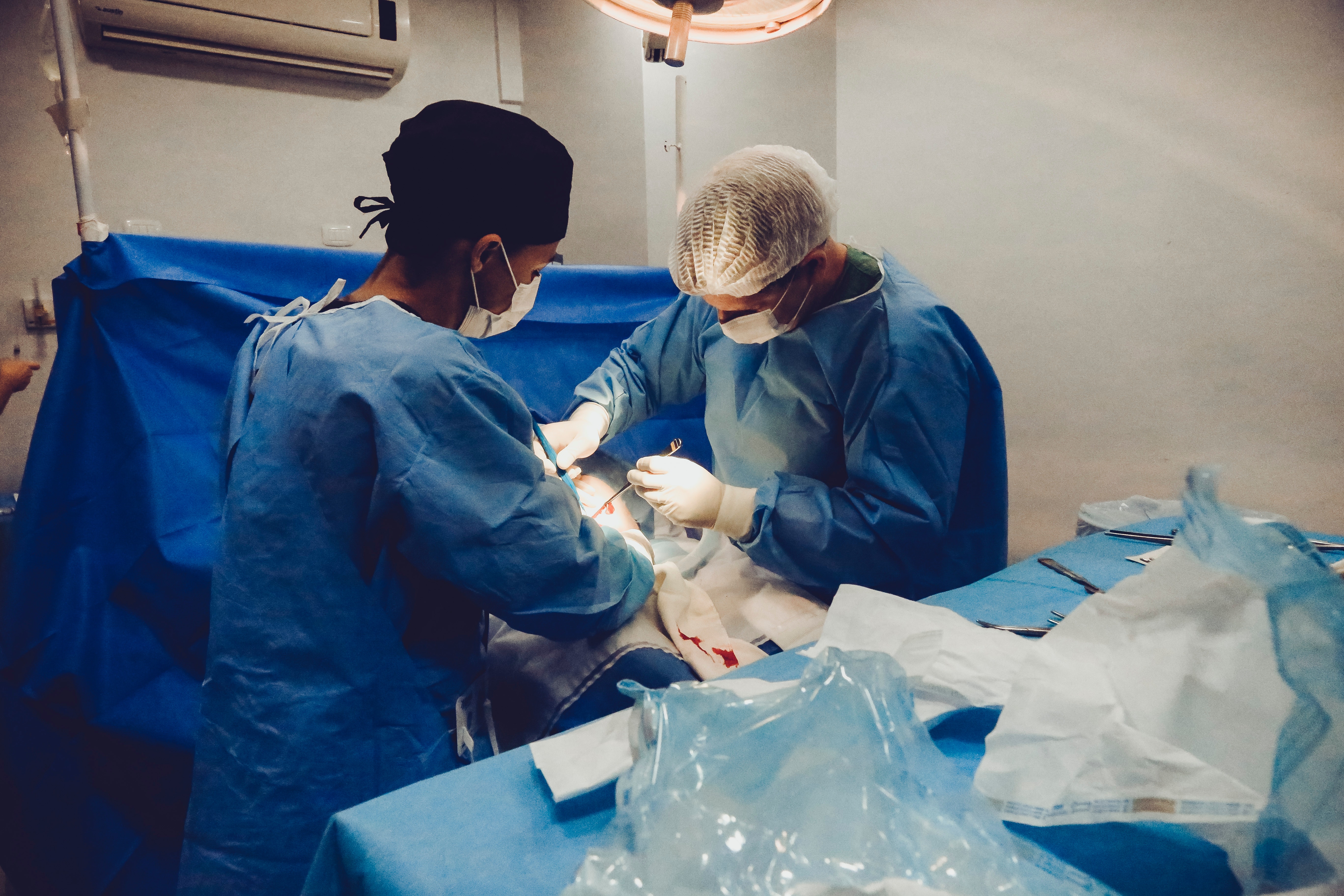 Although a standard practice in many European countries, a medical team in Hong Kong used the Organ Care System for the first time on a human heart transplant. Invented in the USA, the Organ Care System is superior to traditional ice boxes for transporting organs by keeping the heart warm and beating with oxygenated blood up to 10 hours. Dr Timmy Au Wing-kuk, chief of Queen Mary Hospital’s cardiothoracic surgery department where the medical procedure was performed, says the implementation of the Organ Care System can increase the number of successful transplants by 5 to 10 each year. This transport method also allows medical teams to use hearts that would have been disqualified previously due to donor's age, organ condition, or travel distance.
Although a standard practice in many European countries, a medical team in Hong Kong used the Organ Care System for the first time on a human heart transplant. Invented in the USA, the Organ Care System is superior to traditional ice boxes for transporting organs by keeping the heart warm and beating with oxygenated blood up to 10 hours. Dr Timmy Au Wing-kuk, chief of Queen Mary Hospital’s cardiothoracic surgery department where the medical procedure was performed, says the implementation of the Organ Care System can increase the number of successful transplants by 5 to 10 each year. This transport method also allows medical teams to use hearts that would have been disqualified previously due to donor's age, organ condition, or travel distance. 